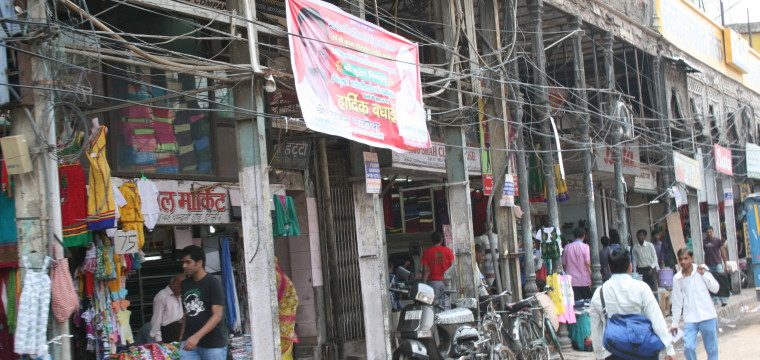Earlier this month, the Indian Trademark Office abandoned (marked as “dead”) 166,771 pending trademark applications. More recently, they have issued notices that allow applicants to have their trademark applications reinstated if they act quickly. But the whole thing has raised a lot of concerns. And eyebrows.
Under Indian law, the Indian Trademark Office will issue a letter explaining the basis for refusing an application when there is a problem, such as a conflict with an earlier trademark. If the owner of the application does not respond to that letter, the application will be abandoned. That’s how it works in virtually every country in the world.
But in India, it seems there are complications. First, the refusal letters from the Indian Trademark Office are often never received, so the applicant does not realize that any action is needed. Second, the Indian Trademark Office delays taking any action when the deadline passes—things just pile up.
Now, I’ve been to India. I loved it. I can’t wait to go back and visit friends in New Delhi and Chennai and clients all over the country. But sometimes the government procedures seem less than impressive. (I understand that the Indian Trademark Office simply lost 44,000-odd trademark files a while back.)
So anyway, in March, the Indian Trademark Office decided to clean house. Where they normally abandon around 4,000 files per month, this time they wiped out 166,000 old files. It probably felt great. Until people started noticing this huge raft of dead applications and objected, because they had never heard that their abandoned application was refused by a trademark examiner.
When the screaming stopped, the lawyers went to work On April 5th, the Delhi High Court granted a stay on all abandonment proceedings at the trademark office that were started after March 20, 2016 (thus blocking the 166,771 applications in the latest round of housecleaning).
I’m not an Indian lawyer, so I don’t know if you still have time to take any action to revive your Indian trademarks that might have been caught in the gears last month. But as a U.S. trademark lawyer who manages trademarks all over the world, I do have two recommendations for you.
- Keep track of your foreign applications. Don’t “file and forget” when you use a foreign associate. I tried that a couple of times, years ago, and it leads to trouble. Take a “trust but verify” attitude. Keep up on your docket and ask for status updates on applications every few months.
- Hire good foreign associates. This usually means not picking the cheapest option. I’ve tried this as well. There are “trademark agents” (non-attorneys) who can file a trademark application at very low cost. But they don’t understand the law, they don’t track things carefully, and they don’t have your long-term interests in mind. They are just providing a quick service and collecting their fee. I have a couple of great Indian trademark attorneys that I work with. They track my files, answer my questions, update me on file status,… and frankly don’t cost a lot more than m earlier poor choices. (If you want their names, drop me an email.)
Working with a worldwide trademark clientele is exciting and satisfying. Working with 50+ government trademark offices, less so.
